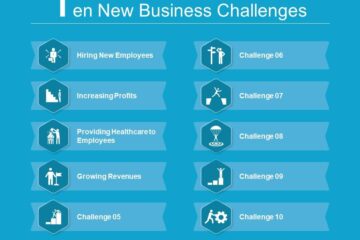
A balanced energy portfolio suggests the U.S. economy won’t take any major hits from lingering weakness in the oil sector, a White House spokesman said.
The U.S. Energy Information Administration said last week it expected domestic production to decline in most of the Lower 48 states and Alaska because of the pressure from lower crude oil prices, which the report said should stay below $40 per barrel through the first half of 2017. Total U.S. crude oil production declines from the 9.1 million barrels per day expected during the first quarter of the year to an average 7.9 million bpd by third quarter 2017, the report said.
Crude oil prices are under supply-side pressure as the global economy experiences sluggish growth. Pressure from low crude prices means an increase in job layoffs and downturns for U.S. states like Texas and North Dakota, the No. 1 and No. 2 oil producers in the nation, respectively.
Oil prices may turn lower in the medium term as Middle East oil states and Russia were unable to find ways at weekend meetings in Doha to stabilize the market. White House spokesman Josh Earnest said that meeting shouldn’t be seen as a blow to the U.S. energy sector, however. Compared with 2014, when the conversation was about the economic impacts of high oil prices, the spokesman said the current market trends are a bit of relief.
“The tenor of this conversation certainly seems preferable to the tenor of those conversations in earlier years,” he said.
The U.S. Commerce Department reported real gross domestic production increased at an annual rate of 1.4 percent during the fourth quarter, compared with 2.0 percent GDP growth during third quarter 2015.
U.S. Federal Reserve Chair Janet Yellen said crude oil prices earlier this year had been less-than-favorable for broad-based growth, though labor and housing gains were supporting momentum for the United States. The overall fallout for the U.S. economy, she said last week, will be limited.
While the U.S. oil boom is fading, the country is advancing on renewable energy fronts. While Texas is the No. 1 oil producer in the nation, for example, its manufacturing sector is among the largest in the country and the state is a leader in terms of renewable energy developments. Texas added the most wind capacity of any state last year.
Earnest said energy efficiency measures, meanwhile, mean the U.S. economy is somewhat protected from oil price movements as the economy becomes focused more on greener investments.
“So those kinds of investments have paid off in a way that’s been good for the U.S. economy both in the short run, and stands to only expand its potential economic benefit in the decades ahead,” he said.
[SOURCE:- UPI]




